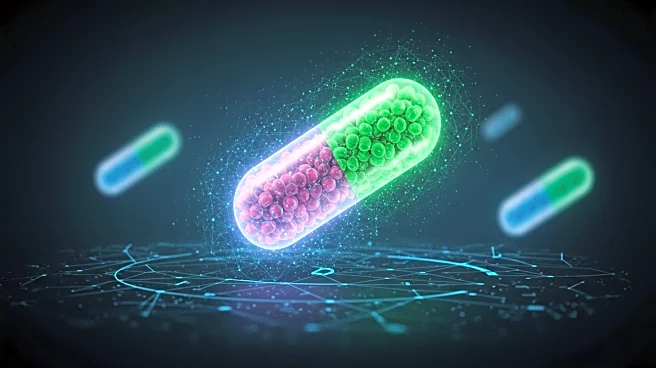What's Happening?
Klotho Neurosciences, Inc. has announced the initiation of manufacturing for its KLTO-202 gene therapy product candidate using AAVnerGene's platform technology. This development marks a significant milestone for the company, which focuses on innovative cell and gene therapies for neurodegenerative and age-related disorders such as ALS, Alzheimer's disease, and Parkinson's disease. The collaboration with AAVnerGene aims to enhance the production efficiency and purity of the gene therapy, utilizing advanced AAV vector technologies. The partnership is expected to accelerate clinical development and reduce costs compared to traditional methods.
Why It's Important?
The initiation of manufacturing for KLTO-202 is crucial for advancing treatments for neurodegenerative diseases, which affect millions globally. By leveraging AAVnerGene's technology, Klotho Neurosciences aims to improve the safety and efficacy of gene therapies, potentially offering new hope for patients with conditions like ALS and Alzheimer's. This development could also influence the biotechnology industry by setting new standards for gene therapy production, impacting stakeholders such as healthcare providers, patients, and investors in the biotech sector.
What's Next?
Klotho Neurosciences plans to continue its collaboration with AAVnerGene to further develop and optimize its gene therapy products. The company is expected to focus on clinical trials and regulatory approvals to bring KLTO-202 to market. Stakeholders, including investors and healthcare professionals, will be closely monitoring the progress and potential impact of these therapies on the treatment landscape for neurodegenerative diseases.
Beyond the Headlines
The partnership between Klotho Neurosciences and AAVnerGene highlights the growing importance of precision medicine and targeted therapies in biotechnology. The use of advanced AAV vector technologies may lead to safer and more effective treatments, reducing the risk of side effects associated with traditional gene therapies. This development could also spark further innovation in the field, encouraging other biotech companies to explore similar collaborations.












